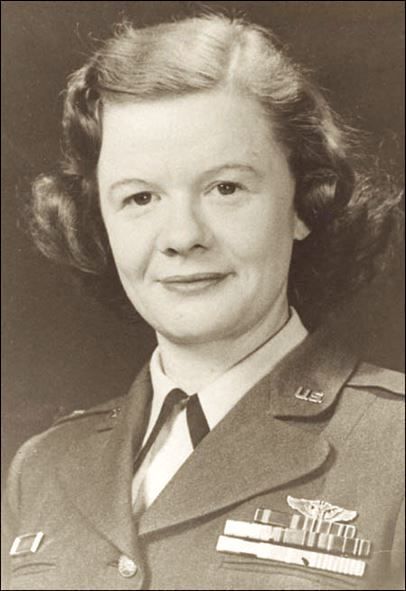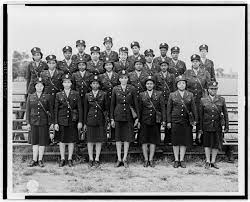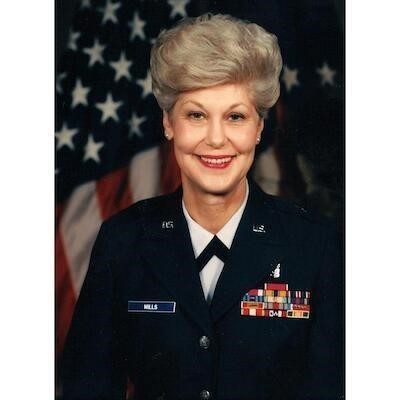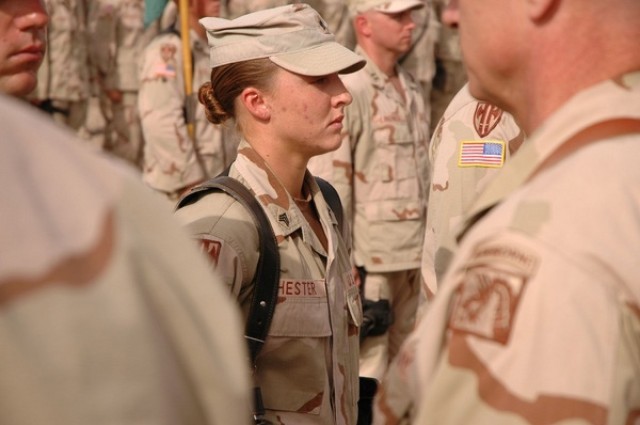By Kevin Brown
Several years after President Harry S. Truman signed Executive Order 9981 ending racial segregation in the United States armed services, Congress allowed women to serve as reserve officers with Public Law 845 on July 30th, 1956. Public Law 845 only allowed women to serve as appointed nurses and other medical specialists in the reserve, but this added to the few military service options for women in the 1950s.
Captain Norma Parsons-Erb made history by becoming the first female reserve officer when she took her oath with the New York Air National Guard on August 1st, 1956, only a couple of days after Congress opened reserve service options for women. Parsons-Erb, who lived and worked as a nurse in New York City, became one of the first officers within the newly created U.S. Air Force Nurse Corps upon joining the Guard.
Parsons-Erb was born in October of 1915 in the town of Caribou, Maine, in rural Aroostook County in the far north of the state along the Canadian border. She attended Caribou High School, where according to her, “she didn’t do anything outstanding.” After completing high school, she enrolled in a nursing education program at Caribou’s Carey Memorial Hospital. She then registered for follow-on training at the Portland Memorial Hospital and made a final move to Fordham in New York City. [USAF Medical Service Oral History Program, Pg .1, November 7, 1991]
Capt. Parsons-Erb was no stranger to military service before commissioning in the Air National Guard. She served in the Army Women’s Air Corps as a flight nurse at the outbreak of World War II. She held nursing roles in European and Pacific theaters during WWII. Parsons-Erb once saw President Franklin Delano Roosevelt and British Prime Minister Winston Churchill during a layover in Casablanca. [USAF Medical Service Oral History Program, Pg.13, November 7, 1991]
Parsons-Erb also stepped forward to serve again when the Korean War broke out in 1950, helping run medical evacuation flights from combat zones to Japan. [USAF Medical Service Oral History Program, Pg.15, November 7, 1991]
Captain Parsons-Erb assumed various responsibilities and leadership positions within the New York Air National Guard while balancing a demanding civilian nursing career. She served as a chief nurse, flight evacuation coordinator, and educator during her Guard career. During her Guard service was active in professional military medical organizations and became the first female member of the National Guard Association of the United States. She retired from the New York Guard as a Colonel in 1969 after nearly 27 years in and out of uniform. [USAF Medical Service Oral History Program, New York News Day Obituary, October 1991]
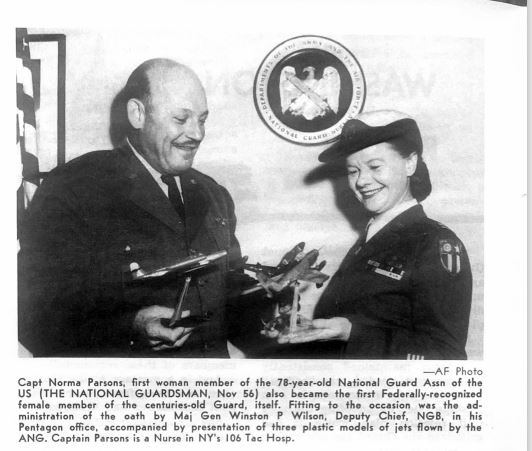
(National Guardsman-1956)
Norma Parsons-Erb wasn’t the only female reserve officer commissioned at this time. Over the next two years, 1st Lt. Sylvia Marie St. Charles Law of Alabama was the first woman to join the Army National Guard in January 1957. Law’s and Parsons-Erb’s service options by today’s standards were limited; their Guard service opened more opportunities for women to serve in the coming decades beyond nursing.
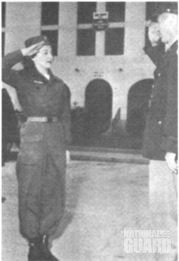
the Army National Guard
(Army National Guard)
It was not until after the Vietnam War’s ending that more military service opportunities opened for women as Congress pushed reforms as part of the Total Force Policy. From 1967 to 1972, Congress passed legislation mandating the Army National Guard open enlistment options for women. The Guard then began aggressively recruiting women as part of an effort to recover from Vietnam’s negative impact on the reserve forces. The end of the draft also forced the Pentagon to make the National Guard more representative of American society. Though barred by law from combat positions, close to 30,000 women by the 1990s were serving in the Army National Guard alone.
The Post-Vietnam War decades also saw several trailblazers within the Guard, such as fellow nurse Major General Roberta V. Mills, the first female general officer in the National Guard. Women in the Guard also demonstrated themselves in combat. Sgt. Leigh Ann Hester became the first female to receive the Silver Star since World War II and the first ever to be cited for valor in combat for actions she took during an ambush in Iraq in 2005. Most recently, Capt. Katie Lunning was the first Air Guard nurse to receive the Distinguished Flying Cross for saving American and Afghan lives during the 2021 Afghanistan Evacuation flights.
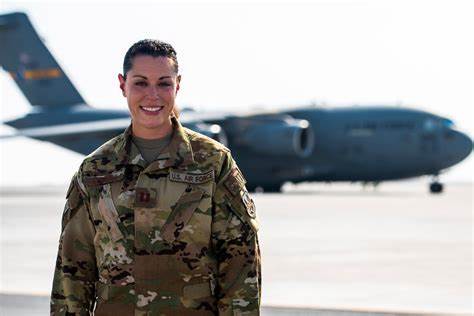
2021 Afghanistan Evacuation
(CENTCOM USAF)
Norma Parson Erb’s uniform and Leigh Ann Hester’s uniform is on display at the National Guard Memorial Museum in Washington, D.C, as a testament to their groundbreaking service.
